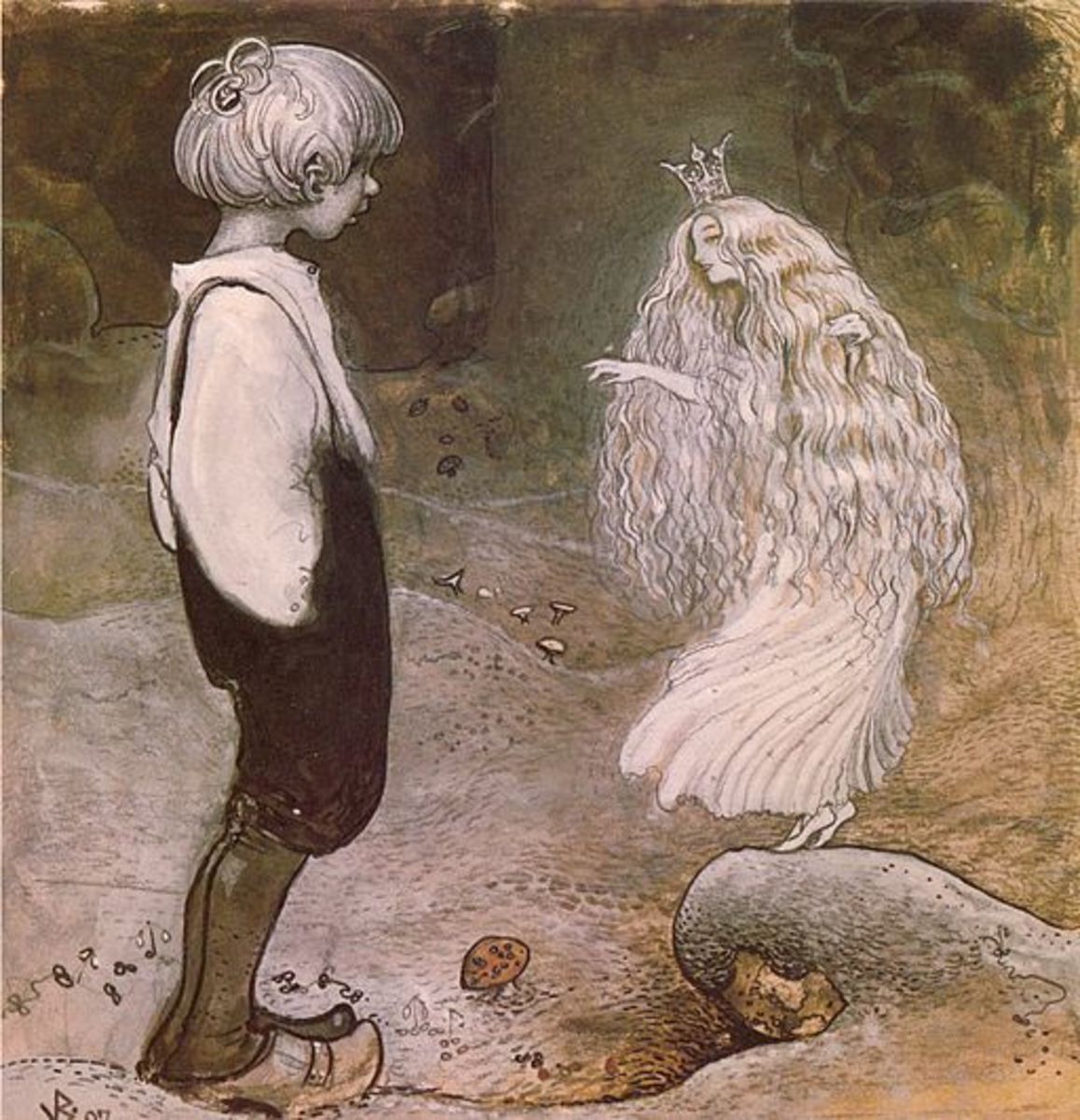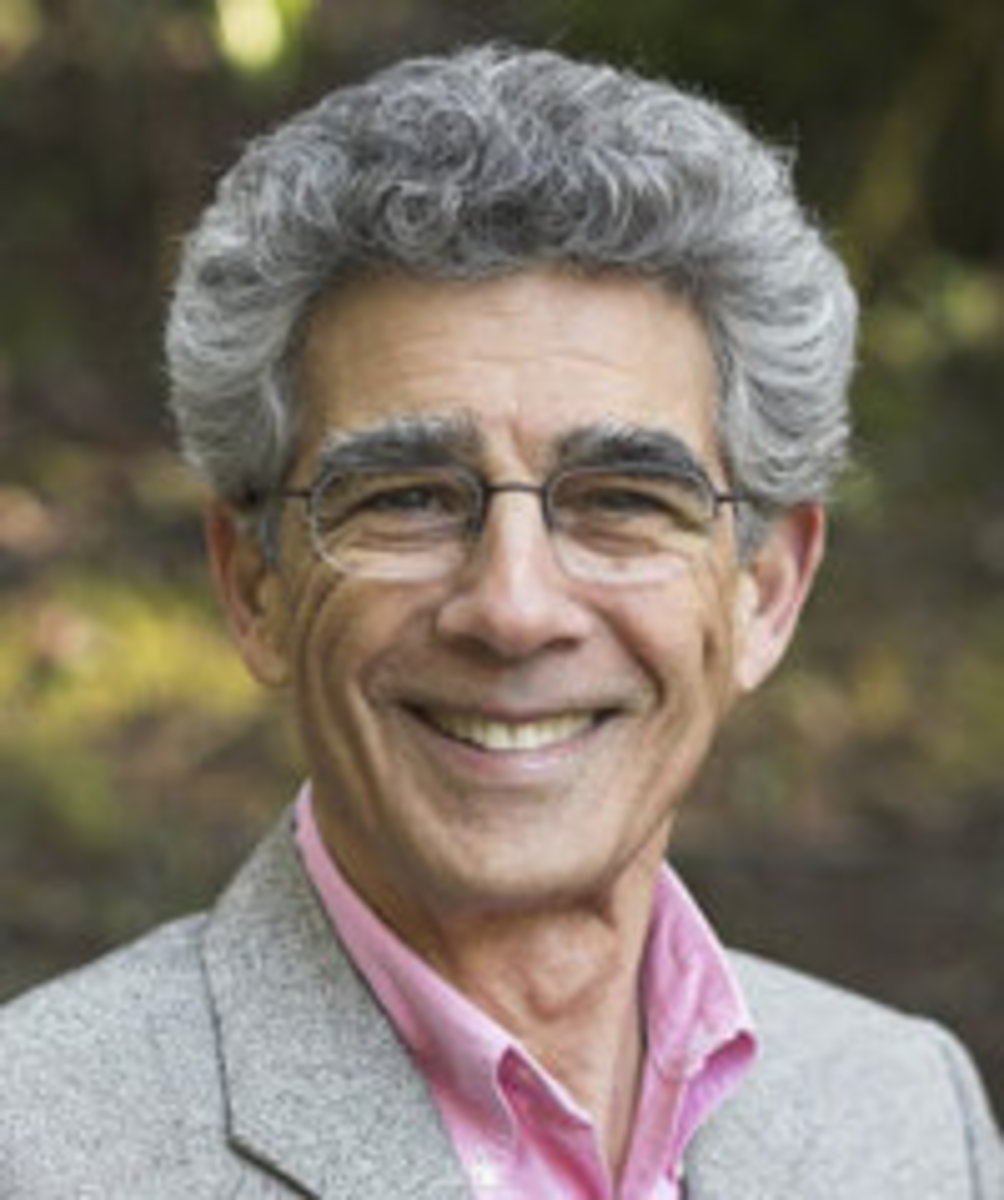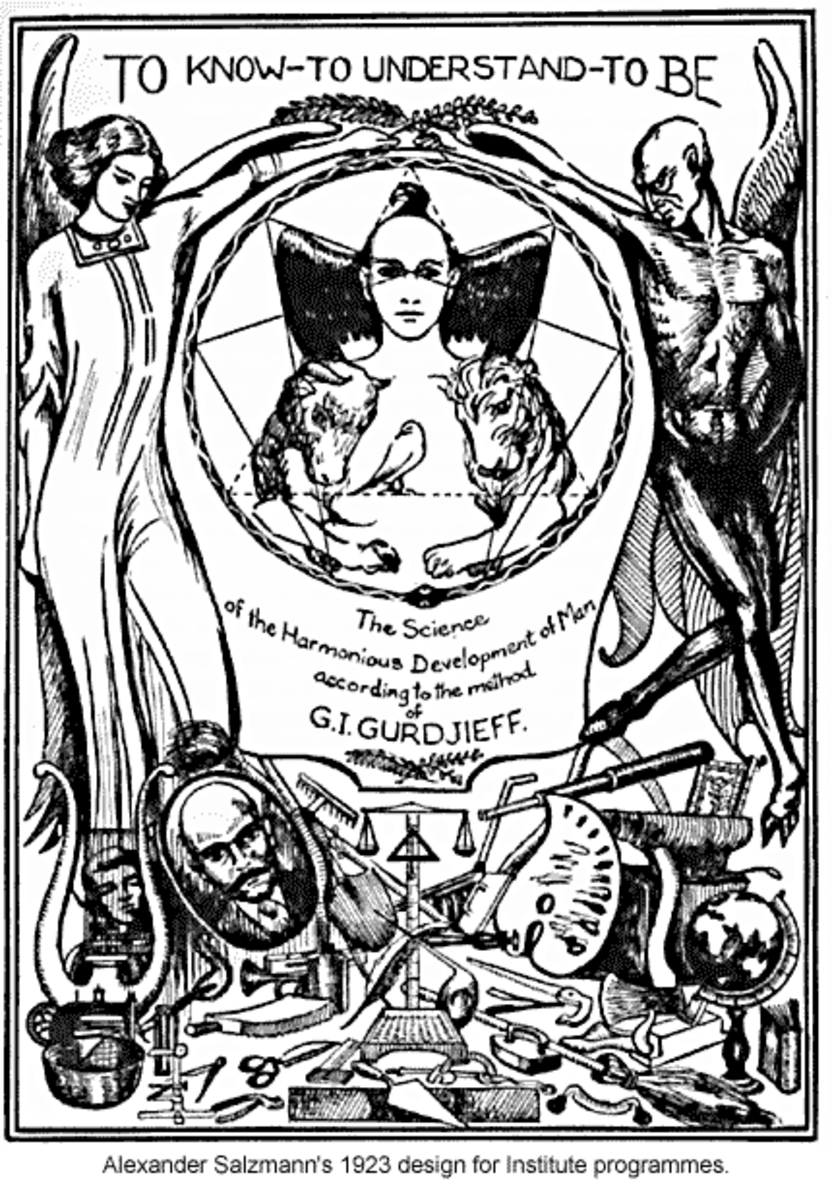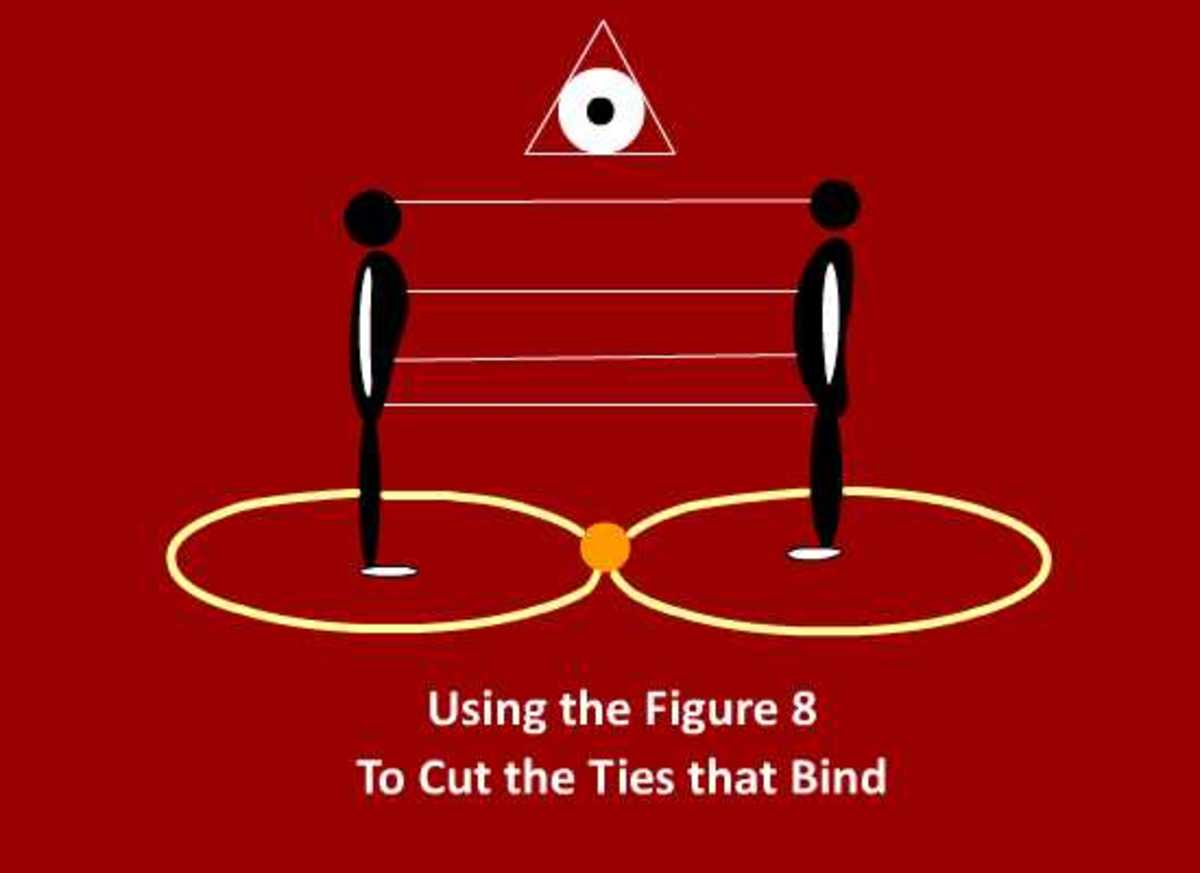What Do You Believe and Why?
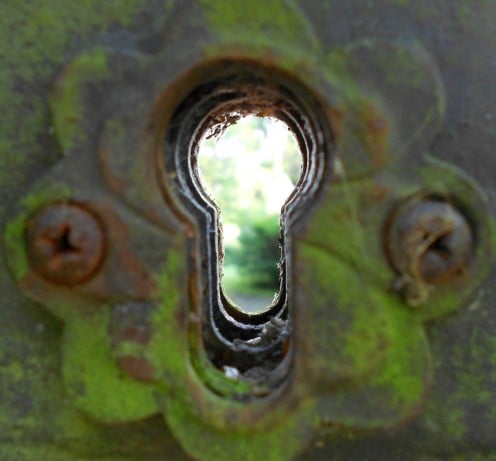
No Pain, No Gain?
On the dashboard of the bus, the Indian driver had made an alter to his gods. It seems he wanted to prove that his gods would protect him. He kept one foot on the dashboard, and the other foot heavy on the gas pedal.
If that weren't enough, he drove on the wrong side, into oncoming traffic and weaving around vehicles, past cows and elephants on the road 'to make better time.' He would veer back into his lane just at the last moment. At the near miss of a big truck, even the Indian passengers gasped.
The writer, his partner and their younger son were on the bus on one leg of a 1400 kilometer (about 900 mile) journey from New Delhi to Jamnagar on the west coast of India. They passed miles of squalid human encampments. The housing was little more than sheets of corrugated tin or cardboard leaning against each other. People urinated and defecated onto the ground in sight of the bus.
A few days after reaching their destination, in the home of a spiritual teacher, the writer commented on the degraded living conditions in the countryside and asked why nothing was done by the government to improve the quality of life for the inhabitants. The guru answered apologetically that the people are living in such conditions because of their beliefs about previous lifetimes, and that they would be rewarded after death for their suffering. They don't want change as they don't want to miss their reward!
Would you discuss your spiritual and personal development beliefs in a forum thread?

Holodeck of the Mind
Looking back through his lifetime, the writer sees how people - himself included - create their experience of life with their beliefs, traditions, and interpretations of facts.
In documented case studies, there was a woman who for years had an obsessive compulsive behavior disorder of pulling out her own hair by the roots. Her head bore the marks of bare patches of scalp. She had a closet full of wigs. The study concluded that the pain gave her pleasure and her self image was so defined by outer beauty that she was numbed to any other feeling of herself.
Another case was a woman who as a child had been told each day by her father that she was pretty, until one day she fell and knocked out a front tooth. With the gap in her teeth, he stopped saying she was pretty. Even after her teeth were restored by dental work, for the next twenty years she would not eat hard food for fear of breaking another tooth. She stopped eating apples though she dearly loved the taste. The researchers found that her self worth was lost in her need for approval from others. Both women were able to be helped by the team into a higher quality of life. It was due to their underlying patterns of fearful, limiting beliefs that they had been captured for so long.
These may seem to be extreme examples, yet the writer and his partner realized over years of observing and working with people that these belief-based behaviors are an undercurrent throughout humanity, nurtured by the value system of mainstream society. How would it be if each of us could see how our beliefs create a convincing projected reality similar to the Star Trek holodeck?
The human mind is powerful enough to construct an individual holodeck from beliefs and interpretations of facts. The writer wonders if humans can ever go beyond the filter of their beliefs and perceptions while in the body, to know absolute reality. The most that is available, it seems, is to create one's reality with the input of self-observation and openness for a 360 degree view.

Bloody Mary Belief
The writer experienced a glimpse of the holodeck-of-the-mind as a young man, when he flew from Bangor, Maine to Denver, Colorado for the funeral of his younger brother (Star-gazing Wanderer.) On the first flight, the attendant offered him a drink. Inexperienced, he asked for a Bloody Mary. She brought a glass of red liquid and an unopened small bottle of vodka. He thought, 'The bottle must be a souvenir to take off the plane.'
He slowly sipped the tomato-red liquid, believing it to be an alcoholic drink - and felt the effects of alcohol. Changing planes in Boston, he turned down a second drink as 'one is enough.' Reading a newspaper, he still felt high. Then he saw a passenger across the aisle open his bottle of vodka into a glass of red liquid and realized with sudden awareness that all he had sipped was tomato juice. He came down from the high instantly. He had been in a self-created holodeck-of-the-mind.
So much of the conflict and suffering in the world is rooted in mental constructs that say, "ours is the only (or better) way" and "only people who fit with our ideas belong here."
As one who immersed himself and became fully identified with distinctly different belief systems and world views over the course of his lifetime, the writer looks back and sees for example how his religious zeal erected barriers between himself and his father, a scientific and pragmatic man. How he would love to have seen it sooner. The writer, though, had captured himself in spiritual arrogance - 'my way is the only way' - and was bound by a dogmatic and intolerant belief system.
He remembers a discussion about spirituality between his father and mother, each arguing that the other was more spiritual. She was devoted to her Catholic faith yet said dad was a spiritual man as he felt the wonder and beauty of nature.

A Polarized View
With each belief system this writer immersed himself into, his idea of what it means to be a spiritual person changed. As a child attending Catholic Mass, he felt that the high cathedral ceilings, stained glass windows and solemn rituals were sacred and mysterious. He was 'a spiritual person' by saying the rosary, going to confession, reciting the penance and taking the communion wafer. The priest was the intermediary between him and God and he had no direct access to the Divine, the origin of life. He was a sinner, reduced by the contracting energies of guilt and fear, and dependent on following the rules of the church to avoid punishment in hell.
As a teenager he questioned the need for a priest, theologian or teacher for any person to know the Origin of life. He looked to eastern religions and metaphysics for the spiritual, something beyond the five senses. It was a heady knowledge, mystical and exclusive. He felt he was a spiritual person by zealously following the precepts of the religion with long hours of chanting and going out on the streets to proselytize.
In this metaphysical world view he valued his ability to think abstractly and metaphorically and to 'know what others don't.' Occult means literally, 'hidden.' This way of looking at life was power-driven. He lost the ability to feel others or even himself as the wisdom remained in his head. But something began to gnaw on him, as his various sources of metaphysical knowledge conflicted with each other. What was the Truth?
After the death of his close younger brother, the writer in his twenties left studies of mysticism for a literal approach to the Bible as the infallible word of God and made his relationship with Jesus his religion and world view. For many years he felt that being spiritual meant to read the Bible and attend church. He attended Bible school and worked for Bible ministry organizations. His tolerance for other viewpoints grew very narrow and he was convinced that there is only one way for a sinner to see heaven. His world view became highly polarized, setting good against evil. He destroyed his occult books and became convinced that such practices were the work of the devil. He was zealous to defend the Lord and his own idea of righteousness.
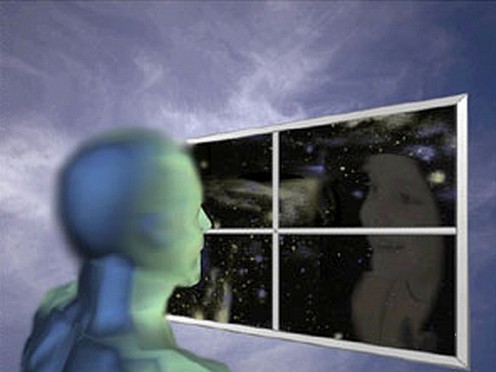
Beginning of the Universal Human
In mid-life, another event shocked him into more honest self-inquiry. His first wife had an epileptic seizure which he initially interpreted as demon possession before calling 911. A brain tumor was found on her brain stem in the right temporal lobe. After this he had some piercing self-talk and asked himself what he really believed, and why. From this self-inquiry he wrote principles to live by. The first two of these were, "I respect the right of others to their beliefs and choices" and "I appreciate diversity." Gradually he was becoming a more universal human.
At the end of the nineties, the writer was editor of Vision River Guide and reviewed about five hundred books on the subjects of 'Finding Life Purpose' and 'Awareness and Energy Medicine.' After this, he no longer read books as he was beginning to realize his own direct connection to higher wisdom and to hear intuition, the voice of the Higher Self.
And then in his mid-fifties, the writer came across a stone labyrinth in a sheep pasture. As he walked the paths, reflecting on the recent question of a young friend who asked, "Where is God?," the inner voice spoke to him, "Look into the atoms."

Know Thyself for the Kingdom of Heaven is Within
For the writer, growing in self-awareness is a process that continues daily. Even recently, he sees how his assumptions and projections color his experience of life. He is aware of his own contradictions, defensive reactions and judgment of others -- and of other areas where he does not live up to his own truth. He looks back on some 'interesting times' with a grin such as when a mad cow on Maui charged at him and knocked him on his butt and when his briefcase with laptop, passport and wallet were stolen on the Canary Islands. Afterwards, he could see how his attitudes and beliefs had attracted the experiences to him.
Today in the writer's unfolding perspective, spirit and matter are inseparable. From this standpoint, all is sacred and every member of the human species is spiritual in essence. Man's spirit is integrated through his psyche and Higher Self to the multi-universe. The only barrier to experiencing this reality of multi-dimensional wholeness is constructed by holding on to the limiting beliefs which unfold within and shape the human mind.
There is an old proverb that says, "The kingdom of heaven is within you, and whosoever shall know himself shall find it."
And in the words of the beloved writer Kahlil Gibran, "Knowledge of the self is the mother of all knowledge. So it is incumbent on me to know my self, to know it completely, to know its minutiae, its characteristics, its subtleties, and its very atoms."
And from the Persian poet known as Rumi or Mavlani:
"In the waters of purity, I melted like salt
Neither blasphemy, nor faith, nor conviction, nor doubt remained.
In the center of my heart a star has appeared
And all the seven heavens have become lost in it."
How to Experience the Bliss of Equanimity: I am Yourself Singing

